A Life in Layers: Inside Patricia Rodi’s Coastal Villa
04 Jun 2025
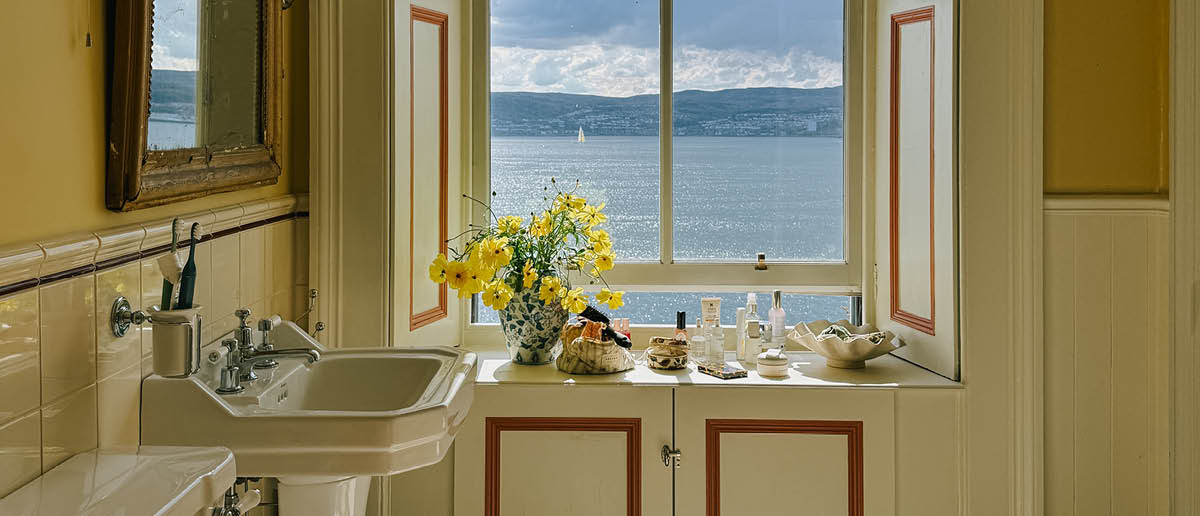
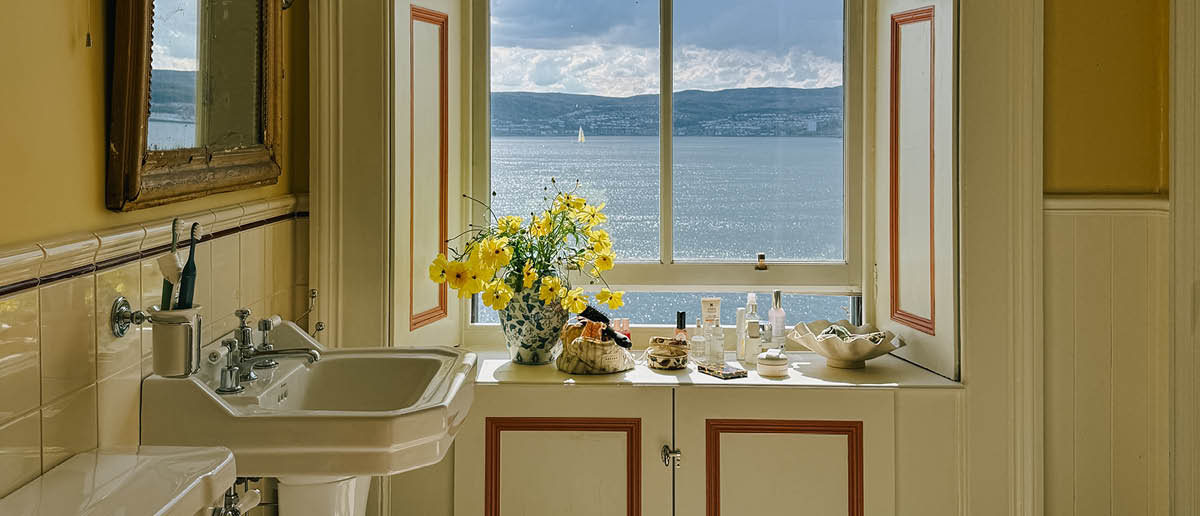
When Patricia Rodi moved into her Victorian villa, perched on the wild and windswept west coast of Scotland, the house had been sitting quietly, waiting. There was nothing inherently wrong with the house, whose lovely bones had first taken shape in 1870. It had simply been overlooked and unloved, and, as with anything neglected, it had begun to fade.
Restoring it would take someone willing to see past the crumbling plaster and years of decay. Someone with the vision, determination and stamina to breathe life back in. Step forward Patricia Rodi.
‘The house is nestled on a hillside with sweeping views of the sea. It’s full of character, with tall ceilings, original cornicing, and a gracious, slightly timeworn beauty that instantly drew us in,’ says Patricia. ‘I’m really taken by the west coast of Scotland – we’d lived in the area for some time but wanted to move further out to the countryside. It was a big renovation project. We were umming and ahhing for ages about whether we should even view it because of the extent of work it needed. Once we saw the view and the potential of the house, I knew it was meant to be.’
Since that fateful crossing of its threshold, Patricia and her husband have tirelessly stripped, sanded, painted, and restored, lavishing love where there once had been neglect. And while the process of creating a home – closely documented for over half a million enchanted followers at @patriciarodi – has been one of restitution, the couple has also brought something entirely fresh to its beautiful proportions.
‘I’m French and Swedish, my husband is English,’ she explains. ‘We wanted our home to reflect the unique blend of cultures that shape our lives. The house itself felt like the perfect canvas for that: elegant, a little wild, and full of history.’
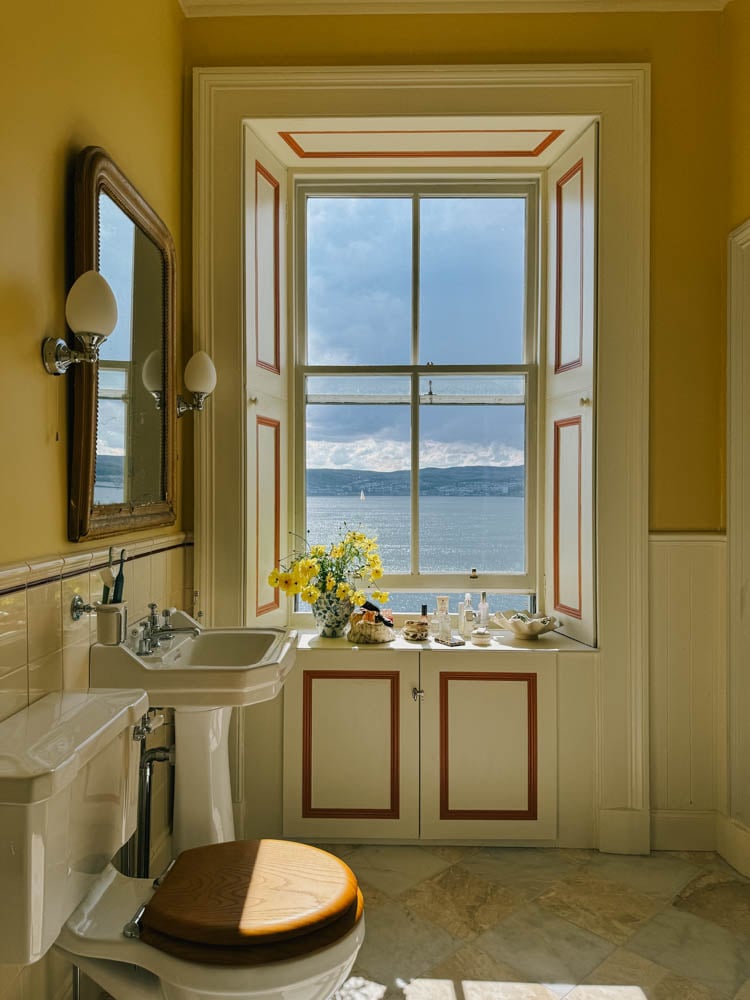
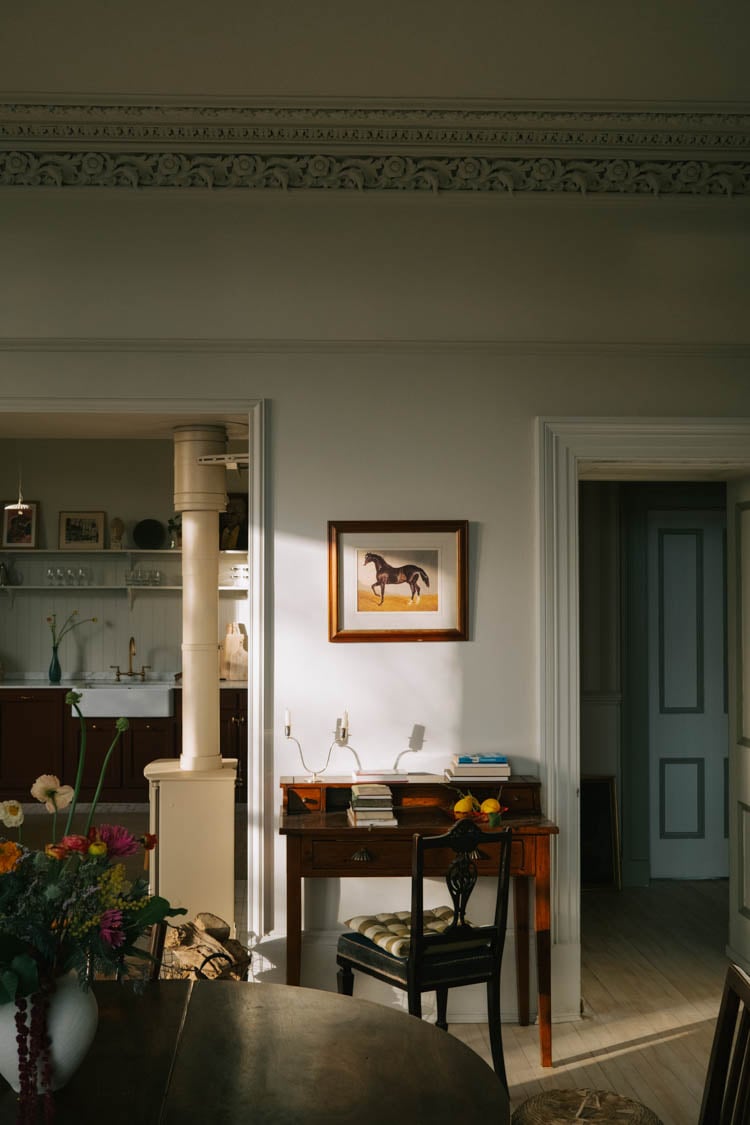
In the pursuit of such, she leans heavily into her heritage; after all, Gallic and Scandinavian design sensibilities are well known for their easy, understated style, the marriage of which here – along with a soupçon of other influences – feels deeply romantic when transposed to this rugged, wind-blustered and weathered spot.
‘From the Swedish side, I’ve inherited a love of simplicity, craftsmanship, and a quiet palette,’ reflects Patricia. ‘Things that feel understated but thoughtful. From the French, it’s a bit more layered and sensual: colour, antiques, a touch of romance. Together they balance each other. I love how the Swedish aesthetic brings calm and clarity, while the French adds warmth and emotion. It shows up in everything, from how I set a table to the kinds of fabrics and finishes I’m drawn to.’
But while Patricia’s national identity is unmistakably threaded through everything she touches, it is people who provide the strongest pull.
“My inspiration comes from my family and my upbringing, which spans France, Sweden, the Czech Republic and Italy,” she explains. “I was raised around interiors layered with meaning - French antiques, Italian tiles, handwoven textiles - and I absorbed a deep appreciation for spaces that feel truly lived-in. My father ran a restaurant, and I remember the worn wooden tables, the mix of elegance and everyday life. That blend of practicality and poetry still guides me.”
It’s little wonder, then, that her most treasured pieces are those steeped in story – not simply objects, but keepers of family history.
“Two of my most loved are from my parents: a chest of drawers that belonged to my father and my mother’s kitchen table, originally from Prague,” she says. “The chest has travelled from France to Sweden to here, and its worn edges carry years of history. The table is where I grew up – every scratch tells a tale of family meals and quiet mornings. Then there’s a little ceramic vase I found at a flea market in Nice. It has no real value, but something about it reminds me of my grandmother’s house. It’s these modest, meaningful pieces that make a home truly yours.”
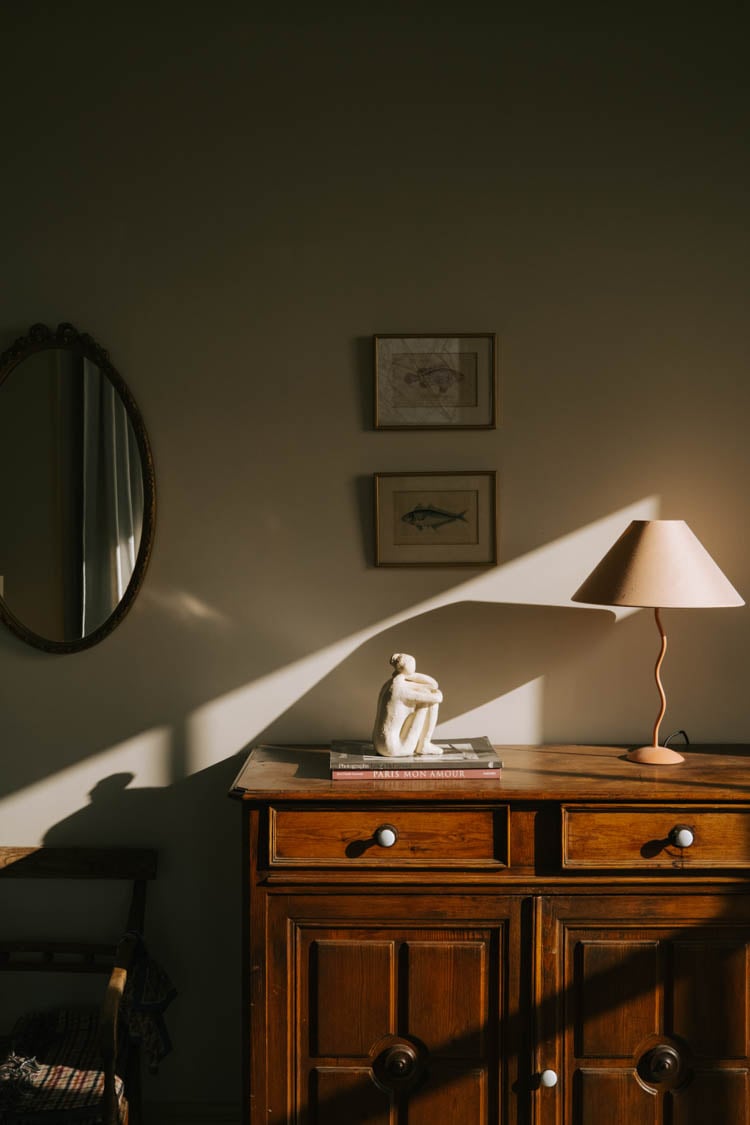
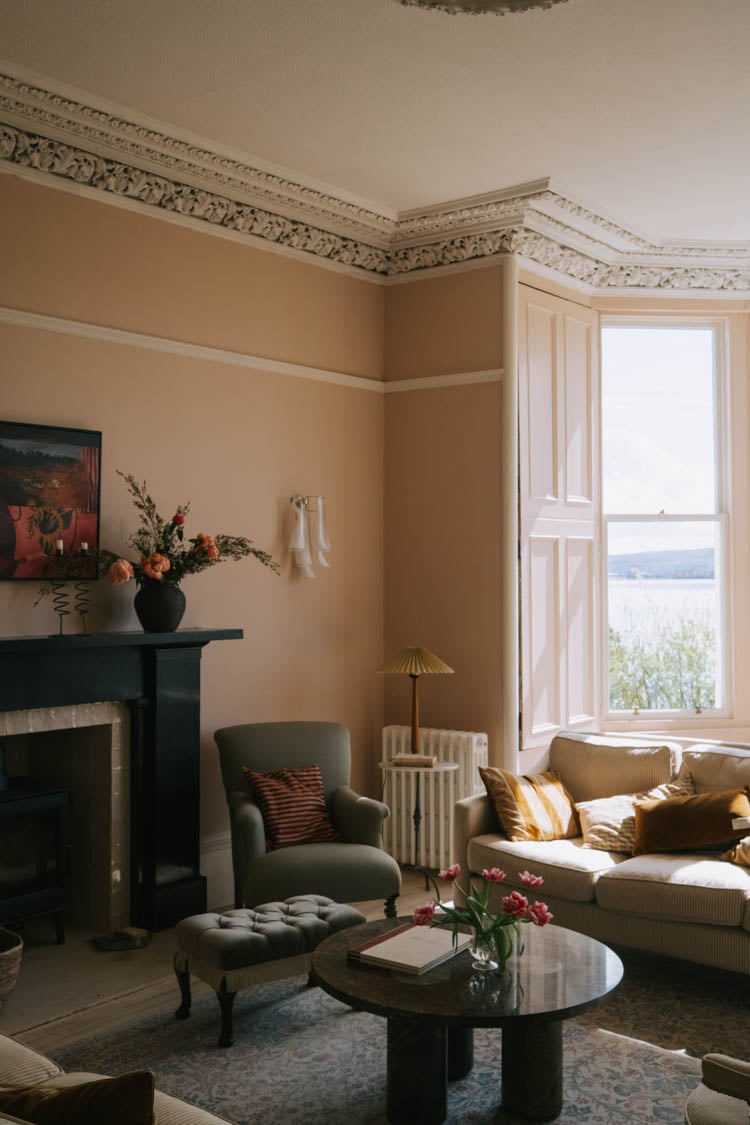
That sense of home – layered, soulful, evolving – is ever present in Patricia’s villa. It is a place in quiet conversation between past and present, its rhythm gently shaped by both inherited treasures and considered new additions. Among the most recent are Rowen & Wren’s Lillie Quilt, Edwin Floor Lamp, and Finley Armchair – each carefully chosen, each finding its place with quiet ease.
“They’ve settled in beautifully,” Patricia says. “Each piece feels made with intention – timeless, not fussy; elegant but practical. The Lillie Quilt is perfect for slower mornings, the Finley Armchair is where I sit and read, and the Edwin Lamp casts the softest light in the evenings. There’s a quiet strength to them – they don’t shout; they simply belong.”
If it’s her treasured possessions that bring texture and flourish to Patricia’s home, then it is Scotland itself that provides the craggy, sea-lapped, elemental canvas for it all.
“It has a wildness and poetry to it that I find so moving,” Patricia reflects. “The landscape, the history, the light – it’s a very grounding place. Living here has definitely shaped how I decorate. I’m more drawn to natural textures, rich earthy tones, and spaces that feel like a refuge from the weather outside. There’s something beautifully timeless about Scottish interiors that really resonates with my love of restoration and character.”
That refuge from the wild, woolly weather often takes the form of her favourite window seat in the dining room – a quiet nook made for curling up with a book, a pot of tea and the ever-shifting pull of the sea beyond.
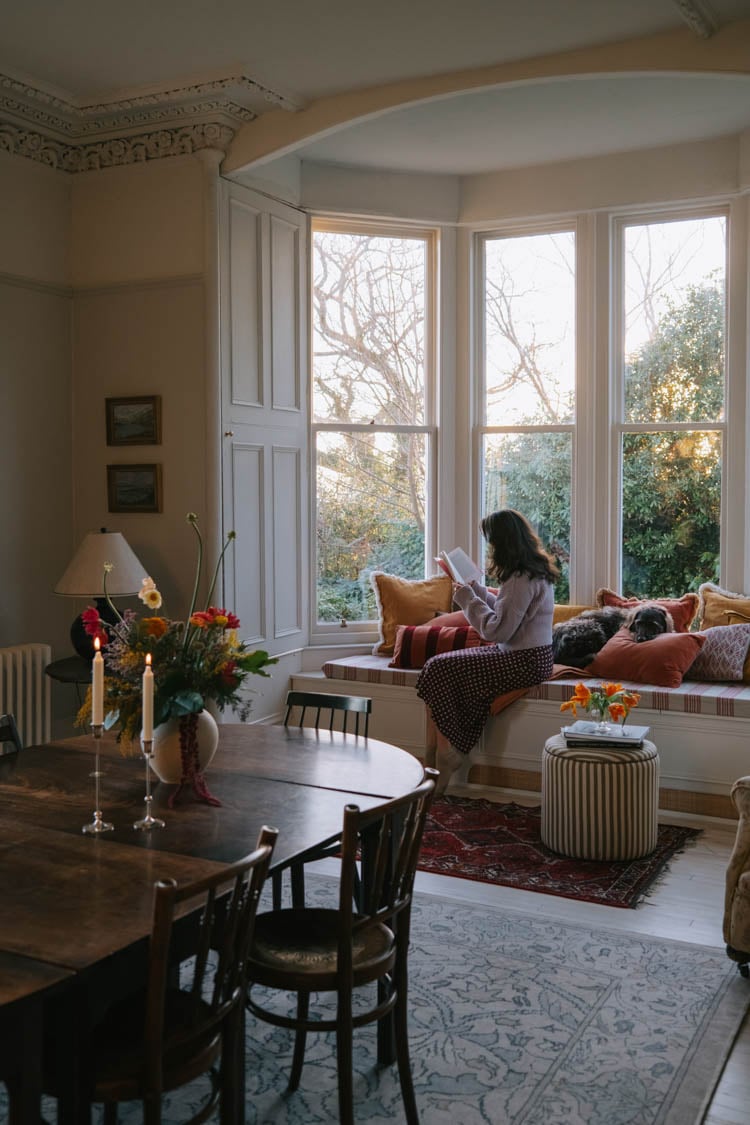
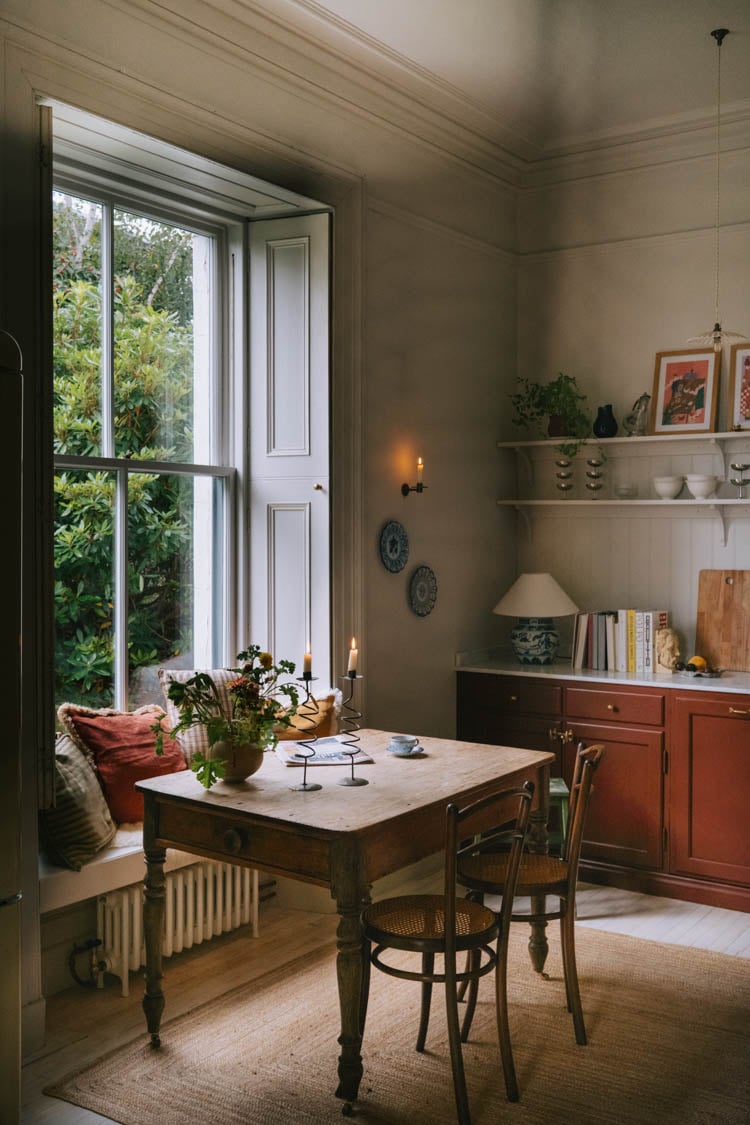
Room by room, Patricia’s house by the sea continues to unfold – lived-in, layered and full of spirit. With every passing day, new memories are woven into its fabric. And if there’s one thing the journey has taught her?
“Let go of perfection,” she says. “A truly inviting home has layers: objects with stories, fabrics that soften over time, corners that evolve with you. I always think about how a space feels rather than how it looks in a photo. Good lighting, natural materials, and something a little unexpected – that’s usually the recipe.”
She continues: “I like to think in terms of feeling, not rules. A space comes alive when you mix textures – linen, wood, metal, ceramics – but the key is restraint. I don’t try to match things; I look for pieces that speak to each other. A soft wool throw beside an antique table, a rough terracotta pot next to a velvet cushion. It’s about contrast that feels harmonious.”

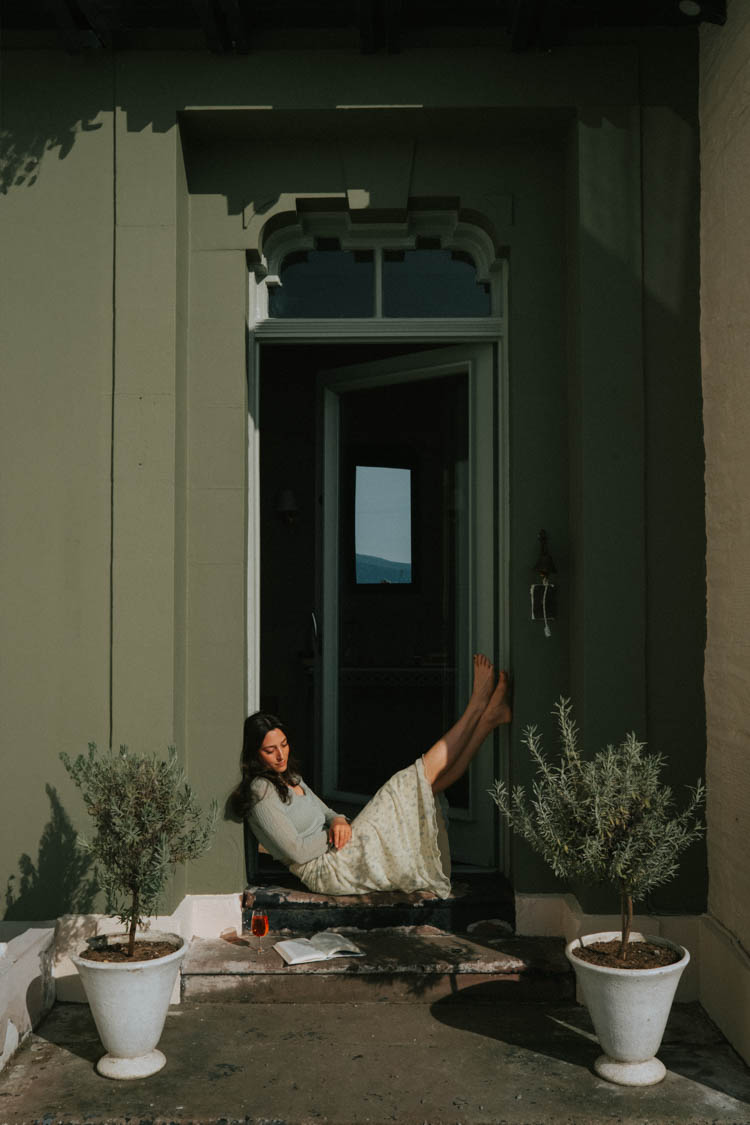
There is a quiet magic in carving out an existence within the walls of a home built 150 years ago by people who could never have imagined the lives of those living there a century and a half later. And yet, despite how times change along with our sensibilities, the notion of what a home should be remains reassuringly constant.
‘Home is a place where you can truly be yourself. It should reflect your story, your taste, your rhythm,’ says Patricia. ‘When people walk into our home, I hope they feel a sense of warmth and curiosity – that they want to sit down, stay awhile, and maybe discover something new. I want it to feel personal, honest, full of life and slightly chaotic in the best way.’



























